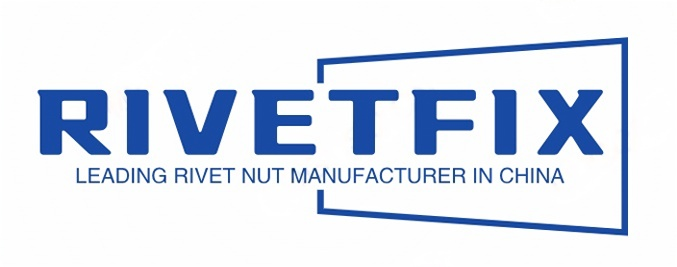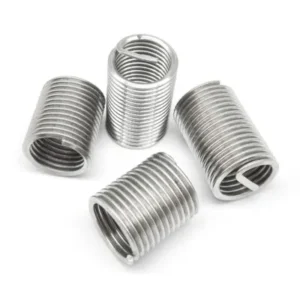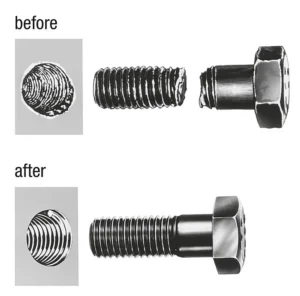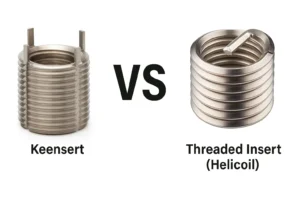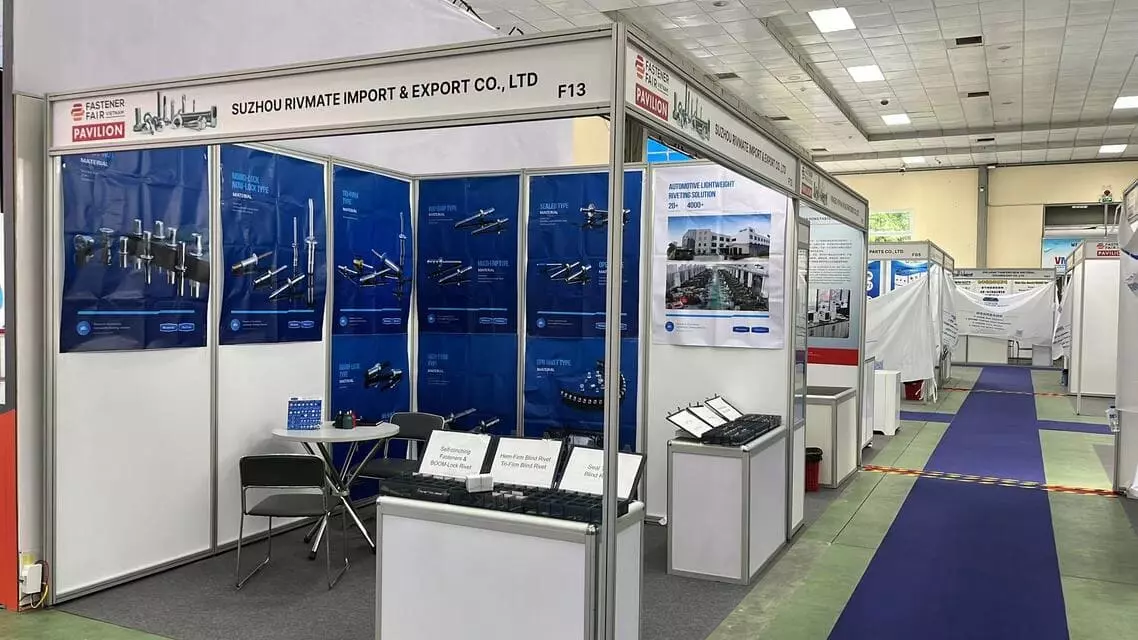Replace Screw With Threaded Insert
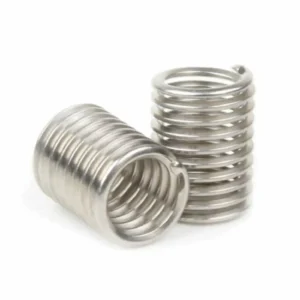
Leading Threaded Inserts Manufacturer and Supplier in China

In the connection of materials such as wood, plastic or metal, there are many connection methods. Although traditional self-tapping screws are convenient to use, they often encounter many problems in practical applications. For example: wood is prone to loosening after repeated assembly and disassembly, and plastic parts often crack under force. Metal sheets, due to the limitation of material thickness, cannot provide sufficient thread strength. These problems greatly affect the stability and reliability of the structure in long-term use or frequent maintenance scenarios. To address these connection weaknesses, more and more people choose to replace screws with threaded inserts.
The threaded inserts can form strong and reusable internal threads in the base material, effectively enhancing the tensile strength, seismic resistance, and prolonging the structural lifespan. They thus become an ideal solution for upgrading connection systems.
Table of Contents
When Should You Replace a Screw With a Threaded Insert?
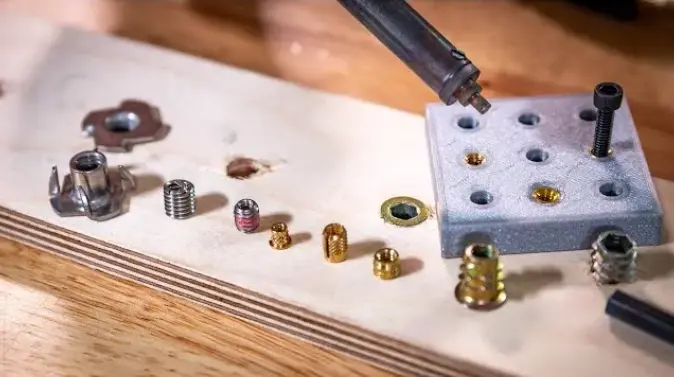
In certain specific applications, using ordinary screws is no longer sufficient to meet the requirements of structural strength and durability. At this point, it is necessary to consider replacing screws with threaded inserts. The following situations are particularly typical:
- Original thread damage or disengagement: After the screw holes become loose or have stripped threads, it is difficult to secure the screw properly. By installing threaded inserts, the structural function can be restored, avoiding the need to scrap the entire component.
- Installed in soft materials (such as MDF, ABS, plastic): The thread-bearing capacity of soft materials is limited, and the threads are prone to break. The inserts can form metal internal threads, significantly enhancing the pulling and torque performance.
- Requires repeated disassembly or maintaining high locking accuracy: Traditional screws are prone to damage the threads during repeated disassembly, while threaded inserts have the property of being reusable, effectively extending the product lifespan.
- The sheet is too thin to directly thread: The thin sheet structure cannot provide sufficient pitch depth, and installing threaded inserts is an effective way to enhance the connection strength.
Benefits of Using Threaded Inserts Over Screws
Compared to directly using screws, threaded inserts offer higher strength, stability and reliability in structural connections, especially suitable for soft materials, thin plates, and structures that require frequent disassembly and assembly. Here are the main advantages of replacing screws with threaded inserts:
- Enhanced Thread Strength: The threaded inserts are usually made of metal and can establish strong internal threads in materials such as wood, plastic, or thin metal sheets, significantly increasing the overall connection strength and effectively preventing problems like thread slippage and disengagement.
- High Reusability: Ordinary screws are prone to damaging the base material’s threads when repeatedly assembled and disassembled, while the inserts provide a stable and wear-resistant threaded interface. Even after multiple tightening and loosening, they can maintain good performance.
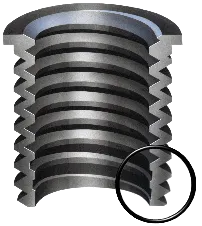
- Stronger Tensile and Torque Resistance: Especially at critical parts of the structure subjected to force, the threaded inserts can better withstand axial tension and lateral shear forces, enhancing the structural durability.
- Easy Maintenance and Replacement: Once the inserts are firmly installed, even if the original screws are damaged or need to be replaced, they can be re-fixed without damaging the base material, resulting in higher maintenance efficiency.
- Suitable for Standard Machine Screws: The threaded inserts are often used in conjunction with metric or imperial screws, meeting the assembly requirements of industrial standard parts, and facilitating the standardization and consistency of connection points.
Types of Threaded Inserts You Can Use
Comparison Table:Common Types of Threaded Inserts:
| Applicable Material | Installation Method | Key Features |
|---|---|---|
| Wood | Heat-set, Press-in | Thread reinforcement, anti-stripping, easy disassembly |
| Metal | Rivet nut, Press-fit, Key-locking | Suitable for thin-walled parts, high strength, reliable installation |
| Plastic | Ultrasonic welding, Heat-set | Precise positioning, strong structure, suitable for automated mass production |

- Heat-set inserts: Suitable for thermoplastic wood-plastic materials. They are heated to be embedded and form a firm bond.
- Press-in inserts: Can be manually or mechanically pressed into solid wood or plywood, making installation convenient.
- E-Z Lok wood inserts: With a threaded design, they have strong anti-pull-out ability after being screwed in, suitable for scenarios requiring multiple disassembly.
- Rivet Nuts: Installed by riveting in thin sheet metal, suitable for structures that cannot be operated from the backside.
- Self-Clinching Nuts: Fixed by stamping in the metal sheet, suitable for mass production.
- Key-Locking Inserts: Fixed by key locking in the threaded holes, suitable for thread repair and reinforcement, with strong vibration resistance.
- Ultrasonic Inserts: These are embedded into the plastic through the frictional heat generated by ultrasonic waves, resulting in a tight bond.
- Heat-Staked Inserts: These are inserted into pre-existing holes in the plastic using a heating tool, and are commonly used in the post-processing of injection molded parts.
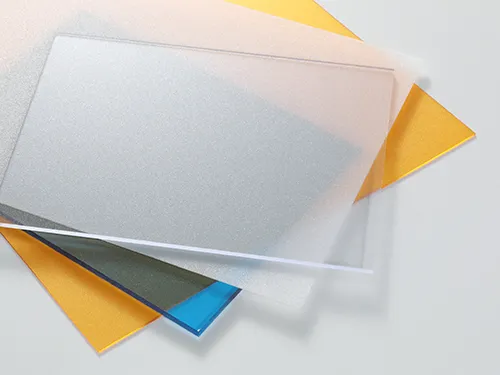
How to Replace a Screw With a Threaded Insert – Step-by-Step Guide
Replacing screws with threaded inserts is not complicated, but to ensure a secure and durable connection, it is necessary to follow the proper procedures. Here is the general replacement process:
① Remove the original screws
First, remove any loose, faulty or replaceable screws. Then, check if the original holes have been damaged or become loose.
② Determine the material and thread specifications
Select the appropriate type of threaded insert based on the connected material (wood, metal or plastic), and also confirm the screw size to match the corresponding internal thread specification.
③ Drilling or Repairing Holes
If the original thread is damaged or the hole diameter does not match, a drill bit of the appropriate size should be used to re-drill the hole. Ensure that the hole is vertical, clean and free of burrs, and prepare it for the installation of the insert.
④ Installation of Inserts
Different types of inserts have different installation methods:
- Hot pressing / Ultrasonic welding (suitable for thermoplastic inserts)
- Manual screwing / Tool pressing (suitable for wood threaded inserts, E-Z Lok, etc.)
- Bolted fixation (suitable for metal rivet nuts)
- Hammering or pressing type (suitable for self-tapping or external tooth inserts)
⑤ Install screws and complete fixation
After the insert is firmly fixed, standard screws can be installed to achieve a stable and easily removable connection effect.
Common Mistakes to Avoid
One of the most common problems is incorrect selection. Different types of inserts are designed for different substrates. For example, rivet nuts for metals are not suitable for plastics, while plastics are more suitable for hot-pressed inserts or self-tapping inserts. If the type is chosen wrongly, even if it is installed, it is difficult to ensure long-term firmness.
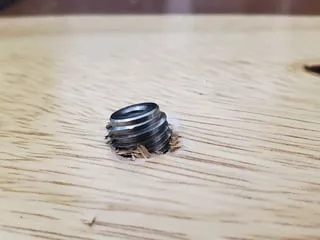
Secondly, ignoring the pre-treatment of the aperture size and the thermal expansion characteristics of the material can also pose risks. Especially in thermoplastic materials, if the aperture size is too small or the tolerance is inappropriate, temperature changes may cause the inserts to loosen or expand and crack. Therefore, before construction, precise drilling should be carried out according to the specifications of the inserts, and the temperature factors of the construction environment should be fully considered.
In addition, incorrect installation methods are also common mistakes. For instance, directly hammering in inserts that need to be screwed in or hot-pressed can cause damage to the external threads, break the substrate, or even make it impossible to secure. Many users, in an attempt to save time, use general tools instead of specialized equipment, but this often results in a loss of value. Different types of threaded inserts should be used with dedicated tools. For example, rivet nuts require a riveting gun, and hot-pressed inserts require a constant-temperature welding head. And set appropriate torque or temperature to ensure the reliable installation of the inserts.
Use Cases and Application Examples
Repair of Loose Furniture Screws
Due to long-term use, the original screw holes of wooden furniture tend to loosen and become loose. By installing threaded inserts (such as knife-shaped or external threaded types), the original threads can be restored to be firm, thereby extending the service life of the furniture.
Installing metal screws on 3D-printed parts
The plastic printed parts themselves are not strong enough to withstand the locking force of the screws directly. By embedding a thermoplastic copper insert, a high-strength locking effect can be achieved, meeting the requirements of the structural components.
Aluminum plate connection reinforcement
On thin-walled aluminum plates or aluminum profiles, by using metal inserts such as rivet nuts, strong threaded points can be quickly constructed, which is suitable for scenarios such as equipment frame assembly.
Industrial equipment maintenance and modification
When the original equipment’s threads are damaged or the interface position needs to be modified, installing threaded inserts is a convenient and effective method for repair and reinforcement, and is widely used in industries such as machinery and electrical appliances.
Conclusion: A Stronger, Smarter Alternative to Screws
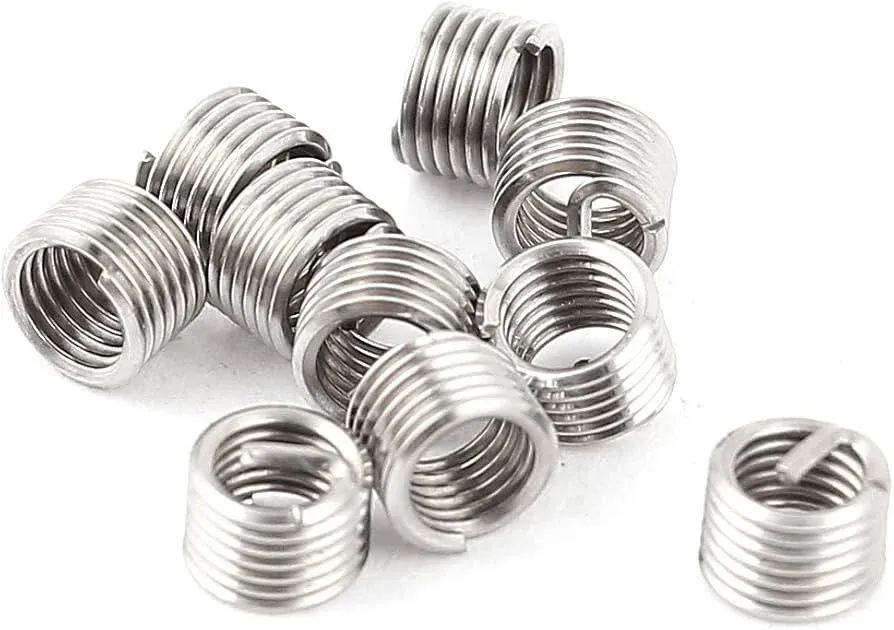
The threaded inserts, as an upgraded alternative to screw connections, not only significantly enhance the structural strength, seismic resistance and maintainability, but also provide a more professional solution for complex materials and high-frequency disassembly scenarios. Compared with traditional screws, they are more suitable for various substrates such as wood, plastic, and aluminum, with better adaptability and longer lifespan.
Whether you are conducting furniture repairs, renovating industrial equipment, or developing innovative products, we recommend that you proactively assess the existing screw connection methods to see if they can be upgraded with inserts to achieve higher connection reliability and efficiency.
📩 Contact Rivetfix to obtain selection suggestions and technical support for threaded inserts suitable for your project
We offer professional product guidance, customized solutions and global supply services to help you enhance connection quality and reduce maintenance costs.
Do You Have Any Questions?
Let Us Solve Your Problem
FAQ
Yes. Because the laminated structure of plywood is relatively soft, using ordinary screws directly may lead to thread slippage and expansion of holes. Using self-drilling or press-fit threaded inserts can significantly enhance the connection strength, increase the tensile resistance, and extend the structural lifespan. According to tests, the uplift strength after using the inserts can be increased by more than twice, making it suitable for wide application in the furniture and decoration fields.
Which insert material is the best to use in plastic materials?
Heat-set threaded inserts are the preferred choice for plastics, especially thermoplastics such as ABS and polycarbonate.
By heating the inserts and integrating them into the plastic, and then cooling and solidifying, the connection becomes stable. This method avoids the plastic cracks and thread damage caused by direct tapping, thereby enhancing the durability and the re-assembly capability of the assembly components.
How to select the appropriate size of threaded inserts?
When choosing the size of the insert, it is necessary to consider the bolt size, material thickness and load requirements. Generally, the internal thread size should be fully compatible with the bolt (such as M4, M6). The embedding depth and outer diameter should ensure that the insert can firmly grip the substrate. When the material is thin, choose an insert with a smaller outer diameter and a gentle installation method to prevent damage to the substrate.
Please refer to the specification sheet provided by the supplier and the minimum board thickness parameters for specific suggestions.
Are the threaded inserts a permanent connection?
Threaded inserts are usually designed as a long-term and stable connection solution, but whether it is “permanent” depends on the application scenario and installation method.
Metal inserts such as rivet nuts and wire sleeves are typically fixed connections and are difficult to remove, requiring specialized tools.
Thermal fusion and self-tapping inserts can achieve a certain degree of disassembly and reusability, making them suitable for scenarios where regular maintenance or replacement is required.
Proper installation and maintenance can maximize its service life.
Get High Quality Rivet Nuts Quote!
Send Your Rivet Nut Request
For more than 20 years, Rivetfix has helped customers solve many rivet nuts sourcing needs and technical challenges.
Have a question? Contact us and we’ll provide you with the perfect solution.
